How to Care for a Pet Corn Snake
Updated on 04/26/24

Unveiling the Secrets of a Captivating Companion: A Comprehensive Guide to Corn Snake Care
In the realm of captivating reptiles, the corn snake stands tall with its striking patterns and docile nature. Welcoming one of these enchanting creatures into your home promises an enriching experience, filled with moments of admiration and shared companionship. However, before embarking on this journey, it's imperative to arm yourself with the knowledge and skills required to provide the best possible care for your slithering friend.
The Basics of Corn Snake Biology: A Foundation for Understanding
Like all living beings, understanding the biology of corn snakes is paramount. These snakes belong to the family Colubridae, characterized by their non-venomous nature and smooth scales. Native to North America, they are primarily terrestrial, spending most of their time on the ground or in low vegetation.
Corn snakes are known for their impressive size, typically reaching lengths of 3-5 feet (0.9-1.5 meters). They display remarkable color and pattern variations, ranging from vibrant hues to subtle earthly tones. This diversity adds to their allure, making each snake a unique canvas of nature's artistry.
Creating an Ideal Habitat: A Sanctuary for Your Corn Snake
Providing a suitable habitat is essential for the well-being of your corn snake. An enclosure that meets its specific needs will ensure its comfort, safety, and overall health. Here's how to create the perfect sanctuary for your slithering companion:
1. Enclosure Size and Type: Corn snakes thrive in enclosures that provide ample space for movement and exploration. A 10-gallon tank is sufficient for hatchlings, while adults require at least a 20-gallon tank. Glass enclosures are commonly used, as they offer clear visibility and ease of cleaning.
2. Temperature Gradient: Corn snakes are ectothermic, meaning they rely on external heat sources to regulate their body temperature. Create a temperature gradient within the enclosure, ranging from 80-85°F (27-29°C) on the warm side to 70-75°F (21-24°C) on the cool side. Heat lamps or heating pads can be used to establish this gradient.
3. Humidity: Maintaining humidity levels is crucial for corn snakes, particularly during shedding. A humidity of 40-60% is ideal. This can be achieved by placing a bowl of water in the enclosure or using a humidifier.
4. Substrate: The substrate is the material that lines the bottom of the enclosure. It serves as a digging medium and can impact the snake's humidity levels. Suitable substrates include aspen shavings, cypress mulch, and coconut fiber.
5. Hides: Corn snakes are nocturnal creatures that seek shelter during the day. Provide at least two hides within the enclosure, one on the warm side and one on the cool side. These hides can be made of plastic tubs, cardboard boxes, or commercial snake hides.
Feeding Your Corn Snake: A Balanced Diet for Optimal Health
Proper nutrition is vital for the health and longevity of your corn snake. These snakes are carnivorous, primarily feeding on rodents in the wild. In captivity, they can be fed frozen-thawed mice or rats.
1. Feeding Frequency: The feeding schedule for corn snakes varies depending on their size and age. Hatchlings typically eat every 5-7 days, while adults can be fed every 7-10 days.
2. Appropriate Prey Size: The size of the prey should be approximately 1-1.5 times the diameter of the snake's midsection. Offering too large or too small prey can lead to health issues.
3. Thaw and Warm Prey: Before feeding, frozen-thawed prey should be thawed completely and warmed to room temperature. This makes it easier for the snake to digest.
4. Supervised Feeding: Always supervise your corn snake during feeding to ensure it eats the prey and does not regurgitate it.
Health and Veterinary Care: Ensuring Your Corn Snake's Well-being
Like all pets, corn snakes require regular veterinary care to ensure their health and longevity. Here's what to look for and how to maintain your snake's well-being:
1. Regular Check-Ups: Schedule annual veterinary check-ups to assess your snake's overall health, including its weight, hydration, and any signs of illness.
2. Signs of Illness: Be alert to any changes in your snake's behavior, appearance, or appetite. Common symptoms of illness include lethargy, respiratory problems, and skin infections.
3. Quarantine New Arrivals: If you're introducing a new corn snake into your collection, quarantine it for 30 days before adding it to your established enclosure. This helps prevent the spread of diseases.
4. Shedding: Corn snakes shed their skin periodically as they grow. During this process, their eyes may turn blue and their skin may become dull. Provide a humid environment and avoid handling your snake during shedding.
5. Brumation: Corn snakes may brumate during the winter months, reducing their activity and food intake. Provide a cool and dark environment for your snake during this period and avoid disturbing it.
Bonding and Enrichment: Fostering a Connection with Your Corn Snake
While corn snakes are not known for their affectionate nature, they can still benefit from regular handling and enrichment activities. Here's how to build a bond with your slithering companion:
1. Handling: Handle your corn snake regularly, but do so gently and without sudden movements. This helps the snake become comfortable with human presence. Start handling for short periods and gradually increase the duration.
2. Enrichment: Provide your corn snake with enrichment activities to stimulate its natural behaviors. This can include hiding places, climbing structures, and live plants.
3. Respect Boundaries: Corn snakes may exhibit defensive behaviors, such as hissing or striking, if they feel threatened. Respect their boundaries and avoid handling them when they show signs of distress.
With proper care, corn snakes can live for 15-20 years in captivity. By providing a suitable habitat, feeding them a balanced diet, and ensuring their health and well-being, you can create a fulfilling and enriching life for your enchanting companion. Remember, every corn snake has its own unique personality and quirks, making each one a captivating addition to your reptile family.
Explore More Pets
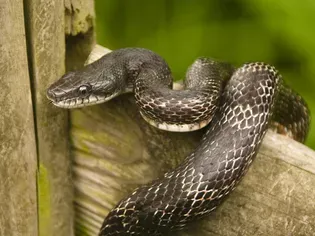
Pet Snake Species
Black Rat Snake: Species Profile
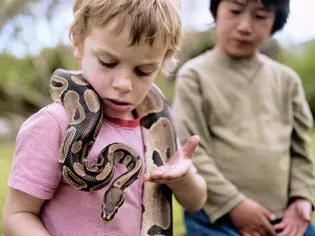
Pet Snake Species
Do Ball Pythons Make Good Pets?
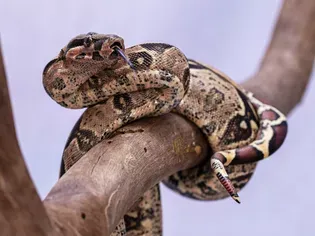
Pet Snake Species
Central American Boa Species Profile
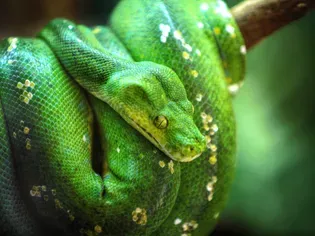
Pet Snake Species
How to Care for a Pet Green Tree Python
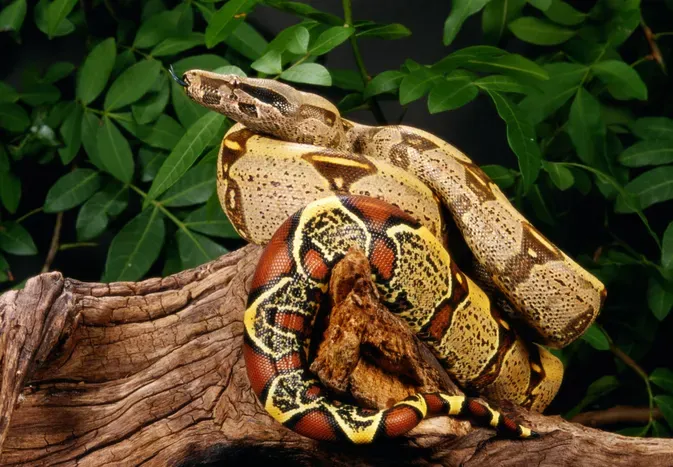
Pet Snake Species
Red Tail Boas
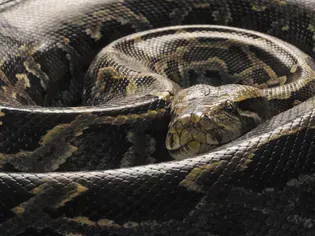
Pet Snake Species
Burmese Pythons: Species Profile
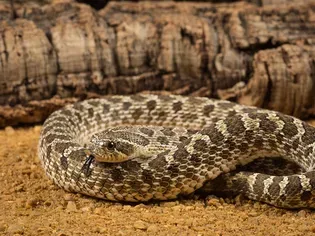
Pet Snake Species
Hognose Snake: Species Profile
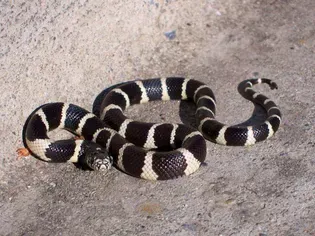
Pet Snake Species
Kingsnakes and Milk Snakes: Species Profile